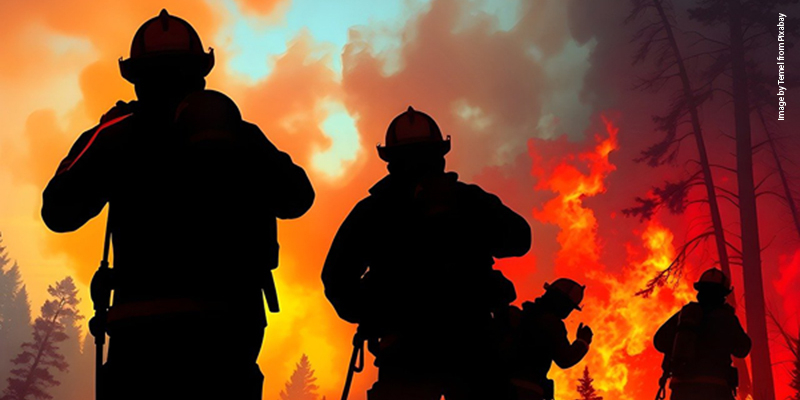GEOconnexion (GEO): The surveying sector is undergoing rapid change, with Unmanned Aerial Systems. 3D laser scanning and hybrid mobile data capture solutions broadening the horizons open to surveyors and raising their expectations of technology. What do you see as the key challenges in this process?
Ron Bisio (RB): The advances you mention certainly help surveying businesses diversify into new domains and services, but this brings its own challenge with a need to train workforces in new skills and unfamiliar workflows. We’re easing this process by giving customers the option to, say, incorporate scanning into workflows and software with which they will already be familiar.
Nor can we ignore economic factors that impact on the surveying community; for example, the current slowdown in North America in energy exploration and a similar slowdown in Australia’s mining sector. It puts pressure, particularly on local and/or highly specialised surveying businesses to diversify their service offering and/or seek work further afield. For providers such as Trimble, the imperative is to deliver solutions that are deep in domain knowledge and which help customers rise to the challenge.
GEO: A skills shortfall is evident in many countries, as the present generation of surveyors ages and as youngsters are attracted to other and seemingly more exciting careers. Does Trimble have a role to play in addressing this?
RB: While shortages are certainly evident in some areas, one mustn’t forget that in others, such as North America, layoffs are resulting in a glut of trained professionals. There is also some movement of labour between countries, particularly in Europe.
Whatever the local or regional situation, it’s in our own interest to encourage and prepare the next generation. We go about this in many different ways. For example: an active programme to make our hardware and software available at nominal cost to the education sector; a recent graduate programme that is expanding internationally, and sponsoring student attendance at our annual Dimensions user conference.
Not least, we talk to youth groups at events such as INTERGEO and the Geospatial World Forum on topics such as the IoT, crowd sourcing, VR/AR, cloud computing and smart cities. For many, it’s an unexpectedpected introduction to a profession where the traditional perception of muddy boots and tape measures has made it a tough sell. If you explain that the innovations they hear about in the classroom are all part of modern surveying, it’s a compelling message.
GEO: You mentioned smart cities. What is your thinking on this challenging topic?
RB: The role of the surveyor and geospatial professional is absolutely critical in making the smart cities concept a reality. Their work begins at the outset to establish what is there. They go on to define the relationship that exists between various elements of the existing or proposed infrastructure, and then proceed to manage its lifecycle, from commissioning to de-commissioning. Agreed, the overall concept is challenging, but if one asks how its various elements – water, energy and transport networks, as well as buildings – can be made more intelligent to address specific problems, you end up by default with a smart city.
GEO: You are on record as suggesting that cloud computing has yet to achieve its full potential. Can you elaborate on this?
RS: Right now, I think its primary use is as a storage medium, with some sharing of data. I envision a world where you might, for instance, acquire UAS imagery of a construction project in the ‘States, send it into the cloud, and have it accessed by a design team in India. They work on it overnight, transfer a revised design file to Europe for additional work, with a final revision relayed back to the ‘States just as the morning shift comes online. This erosion of the boundaries of time and space is where I think we see the potential of the cloud being fully realised.
GEO: Although Trimble recently disposed of its Gatewing airframe business, it remains committed to providing brand-agnostic UAS software. How do you see the drone market evolving going forward?
RB: While the market has grown impressively over the past few years, it reminds me of progress in mobile mapping: early solutions were highly complex, and getting useable answers from captured data was far from easy.
The industry responded with software and workflows to tackle this problem. The UAS industry is following the same path, with software and workflows playing catch-up with airframes and sensors. I make this point to my team all the time: people don’t care about, say, point clouds; they want answers to specific questions, e.g., is vegetation encroaching on my utility lines? or is my train going to make it through this tunnel if I move the track? That’s why our Inpho® software, with its guided workflow, has been developed to produce accurate results automatically, with a minimum of manual interaction.
GEO: In your two decades at Trimble, and given one choice, what do you regard as the biggest change during that period?
RB: I guess it’s the breadth of skills required of surveying and geospatial professionals. Those who graduated in the early 1990s did so with a single set of skills. That doesn’t work anymore. Today you need to be conversant with multiple technologies and techniques to operate effectively. Suppliers have had to follow that trend and get smarter. For example, if you look at GNSS technology, a surveyor in the early 1990s had to cope with a bulky backpack containing an antenna, battery, GPS receiver and bundles of connecting wires to obtain satellite fixes. Today, this is all mounted in a lightweight pole. It’s typical of change across the surveying spectrum that will continue for decades to come.
Subscribe to our newsletter
Stay updated on the latest technology, innovation product arrivals and exciting offers to your inbox.
Newsletter

